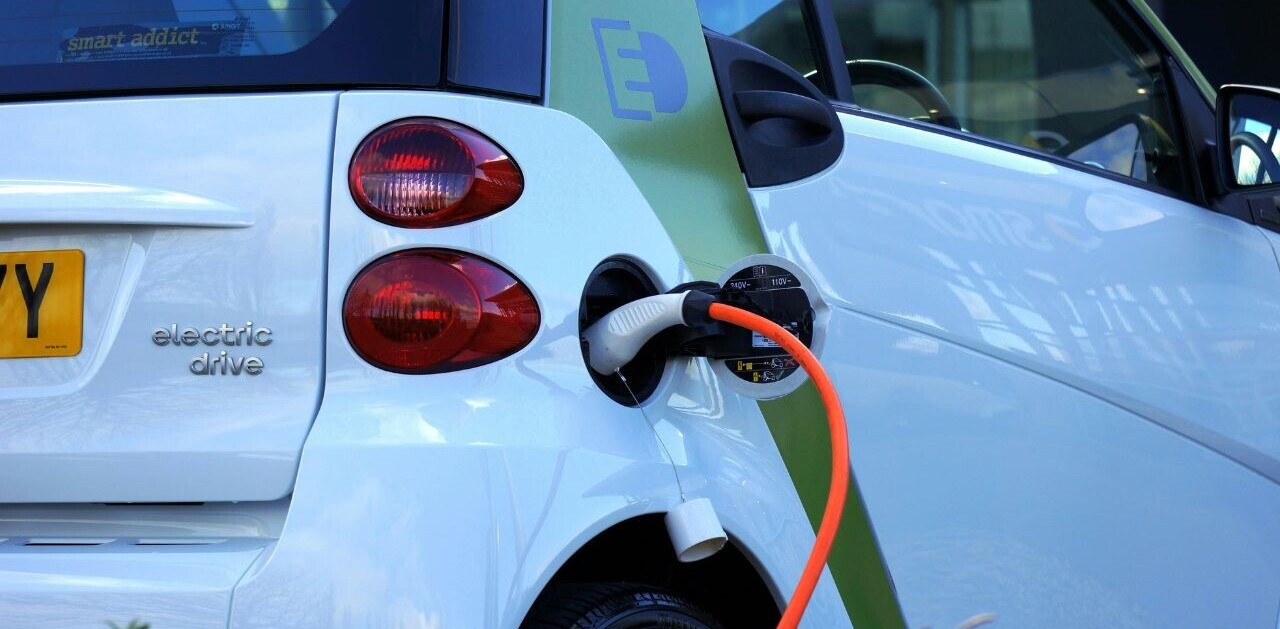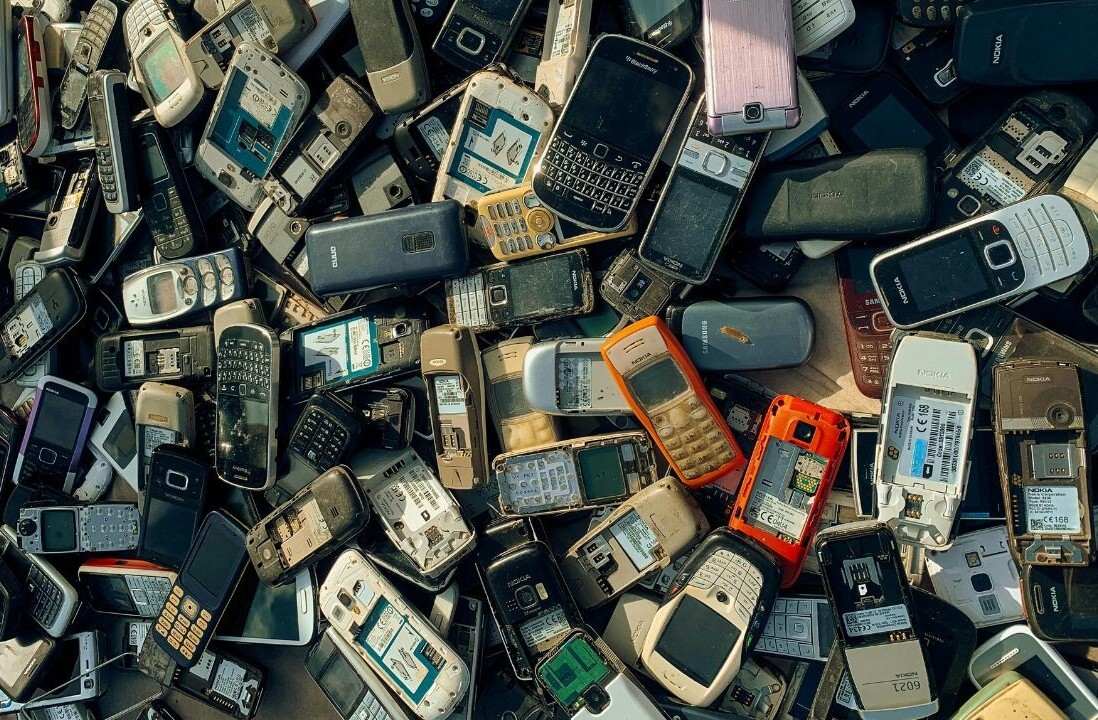There is an awful lot of junk floating around our planet. So much so that Dr Stuart Grey from UCL’s Space Geodesy and Navigation Laboratory created this data visualisation to highlight just how cluttered it is up there.
“Space junk poses a very real danger to both manned and unmanned space missions,” Grey told The Next Web.
“The International space station has to manoeuvre multiple times per year to avoid incoming space debris.”
With every mission launched by Jeff Bezos and Elon Musk in the tech race to the stars, as well as the huge OneWeb internet constellation also on the cards, that adds even more to the pile.
In 1957 there was just one thing in space, in 1980 there were 5,000 and in 1990 that stabilised at around 9,000.
That’s until 2007 when China spaffed 2,000 new bits and pieces after it did a missile test. And then there was a bit of a crash between the Cosmos 2251 and Iridium 33 satellites in 2009 that added another 1,000 pieces.
“The number of pieces of debris will increase with each space mission launched but also with any collisions between objects already in orbit,” Grey explains.
And of course unleashing more satellites, like 2018’s proposed OneWeb space internet system from a bunch of former Googlers, will only add to this total.
“The number of satellites in these proposed internet constellations is unprecedented, in the hundreds to thousands of satellites,” he says.
“The companies involved state that they are working to minimise the impact of these constellations, but the addition of up to a thousand new satellites in already busy orbits is definitely a cause for concern.”
With little sign of abatement as space becomes the global tech elites’ new playground, the major space agencies are already working on cleaning up nearly 60 years of careless space exploration.
“There are a number of different proposals for removing particularly dangerous items of space junk, like defunct satellites,” Grey adds.
“These include harpoons and nets to capture the piece of space junk and drag it down into the atmosphere so it burns up.”
➤ A place called space [The Royal Institution]
Get the TNW newsletter
Get the most important tech news in your inbox each week.




